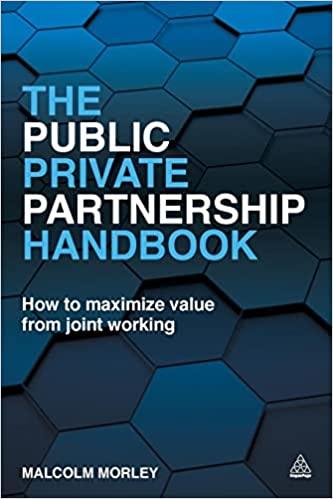Question
To better understand this principle and to assist your peers in understanding this principle, please answer BOTH of the prompts below. First, discuss a time
To better understand this principle and to assist your peers in understanding this principle, please answer BOTH of the prompts below.
First, discuss a time in your own personal life where you had to make a decision between maximizing profit/upside opportunity and minimizing risk (note, profit is a function of income and expenses, so maximizing profit can come from either increasing income OR reducing expenses). Discuss the two options you were faced with, identify which option maximized upside potential and which option minimized risk, and tell the group why you chose the option you did.
An example of a 'risk-return trade-off' decision in your own life might be choosing to pay a little bit more money to hire an insured professional contractor to work on your house. This decision sacrifices money (increases expenses and therefore limits upside) in order to protect you from something adverse (limit risk). A cheaper option might be to hire a uninsured handy-person to work on your house. The latter choice would save money (reduces expenses and therefore increases upside) but would put you at risk if something went wrong.
Second, find an example in the news where a company made a decision/transaction to either mitigate/limit risk OR maximize profit while accepting risk. Discuss the decision and identify why the decision favored limiting risk OR maximizing profit potential. After identifying and explaining the decision, explain how the decision was received by investors. Did anyone in the financial news media weigh in on this decision? Did investment analysts and/or journalists believe this was a good decision for the company? Be sure to cite your sources when you introduce the decision and again when you identify the public reaction to the decision.
An example of a 'risk-return trade-off' decision for a corporation might be outsourcing some activities to a third-party vendor. Outsourcing can be cheaper (reducing expenses and maximizing profits) but the company loses some quality control which could lead to issue for customers (increases risk). Another example might be expanding into a new market or a new product line. While these ventures into new spaces have the potential for increasing sales (and increasing profits) they are usually really expensive to implement and there is no guarantee that the customers will show up and buy (high risk)
Step by Step Solution
There are 3 Steps involved in it
Step: 1

Get Instant Access to Expert-Tailored Solutions
See step-by-step solutions with expert insights and AI powered tools for academic success
Step: 2

Step: 3

Ace Your Homework with AI
Get the answers you need in no time with our AI-driven, step-by-step assistance
Get Started


